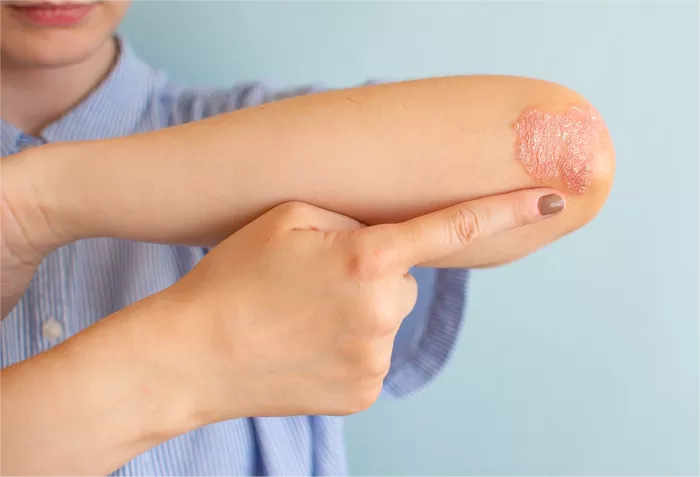Vitiligo is a skin condition characterized by the loss of skin pigment, resulting in white patches on the skin. This condition can vary widely among individuals, and understanding the different types of vitiligo is crucial for proper diagnosis and management. Vitiligo can affect people of all ages, genders, and ethnicities, and its exact cause remains unclear. However, researchers believe it involves a combination of genetic, autoimmune, and environmental factors.
The classification of vitiligo is primarily based on the distribution and pattern of depigmentation on the skin. This article aims to explore the various types of vitiligo, including their clinical features, diagnosis, and treatment considerations.
Types of Vitiligo
Vitiligo can be categorized into several types based on the extent and distribution of depigmentation. The two main classifications are non-segmental (or generalized) vitiligo and segmental vitiligo.
1. Non-Segmental Vitiligo
Non-segmental vitiligo, also known as generalized vitiligo, is the most common type and typically involves bilateral and symmetrical depigmentation. This type often appears on both sides of the body and can affect any area, including the face, hands, feet, arms, and genitalia. Non-segmental vitiligo can further be subdivided into different patterns:
- Symmetrical or Bilateral Vitiligo: This pattern involves depigmented patches on both sides of the body in a relatively symmetrical distribution. It commonly affects areas such as the hands, feet, arms, face, and around body openings.
- Acrofacial Vitiligo: Acrofacial vitiligo primarily affects the fingers, toes, and areas around the eyes and mouth. It often starts around the extremities and gradually spreads towards the center of the body.
- Generalized Vitiligo: This type involves widespread depigmentation across various parts of the body, including the trunk, limbs, and face. Generalized vitiligo can progress slowly over time, with patches gradually enlarging and merging.
- Universal Vitiligo: Universal vitiligo is a rare but severe form where depigmentation covers most of the body’s surface, leaving very few areas of normally pigmented skin.
2. Segmental Vitiligo
Segmental vitiligo is characterized by unilateral (one-sided) depigmentation and typically occurs at a younger age compared to non-segmental vitiligo. This type tends to progress for a limited period and then stabilize. Segmental vitiligo follows a dermatomal distribution, often resembling the pattern of a nerve or nerve root. It commonly affects areas like the face, trunk, and limbs, corresponding to specific segments of the body.
Other Variants and Subtypes
In addition to the primary classifications of non-segmental and segmental vitiligo, there are other less common variants and subtypes:
- Focal Vitiligo: Focal vitiligo involves one or only a few scattered depigmented patches. It is considered a localized form of vitiligo and often remains stable over time.
- Mucosal Vitiligo: Mucosal vitiligo affects the mucous membranes, such as the lips, inside of the mouth, and genital areas. It can occur independently or alongside skin depigmentation.
- Trichrome Vitiligo: Trichrome vitiligo refers to a distinct variant where depigmented patches exhibit three zones of color: depigmented, normally pigmented, and hyperpigmented skin.
Diagnosis and Treatment
Diagnosing vitiligo involves a thorough medical history, physical examination, and sometimes additional tests like a Wood’s lamp examination to assess depigmentation under ultraviolet light. Dermatologists may also perform skin biopsies to rule out other skin conditions.
Treatment strategies for vitiligo aim to restore skin color, slow down the progression of depigmentation, and improve patients’ quality of life. Common treatment options include:
1. Topical Therapies: Corticosteroid creams, calcineurin inhibitors, and vitamin D analogs can be applied directly to depigmented areas to promote repigmentation.
2. Phototherapy: Light-based treatments like narrowband UVB phototherapy can stimulate pigment production in the skin.
3. Systemic Therapies: Oral medications like corticosteroids or immunomodulators may be prescribed for widespread or progressive vitiligo.
4. Surgical Interventions: Techniques like autologous melanocyte transplantation, blister grafting, or micropigmentation can be considered for refractory cases.
5. Cosmetic Camouflage: Makeup or self-tanning products can be used to conceal depigmented patches.
Conclusion
Vitiligo is a complex skin disorder with diverse clinical presentations and implications. Understanding the different types of vitiligo is crucial for accurate diagnosis and tailored management strategies. While vitiligo itself is not life-threatening, its psychological and social impact can be profound. Collaborative efforts between dermatologists, researchers, and patients are essential for advancing our understanding of vitiligo and developing more effective treatments in the future. Early intervention and holistic management approaches can significantly improve outcomes and enhance the quality of life for individuals living with vitiligo.
Related Topics:

























